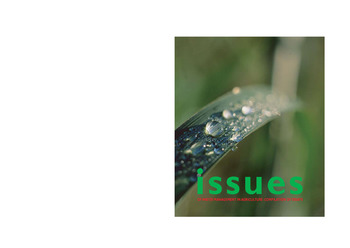Managing water for fisheries and aquaculture

Citation
Dugan, P. (2003). Managing water for fisheries and aquaculture. p. 19-22. Issues of Water Management in Agriculture: Compilation of Essays. Comprehensive Assessment of Water in Agriculture.
For the people of Africa. Asia and Latin America the fisheries of inland lakes, rivers and other freshwater ecosystems provide an important source of food and income, and for many these are the principal source of animal protein. In sub-Saharan Africa the larger floodplains of the inner delta of the Niger, the Sudd of the Nile, and the lake Chad basin, each yield up to 100,000 tons per year and provide income of some US$20-25 million in each area.' In South-East Asia the annual catch in the lower Mekong is conservatively estimated at 1.6-1.8 million tons with a retail value of US$1.4 billion. This brief analysis highlights the considerable contribution of aquaculture and fisheries to the food produced from the world's freshwaters. Yet for much of the past 50 years neither the overall value of these resources, nor the key role that they play in providing income and nutrition to resource poor households has been well recognised, and in many areas continues to be ignored today.As a result the dominant approach to improving water productivity in agriculture has judged the value of fisheries and other non-crop benefits to be marginal compared to the benefits to be obtained from irrigated agriculture.
Permalink
Date Available
Type
Copyright
CC BY 4.0
Research Themes
Language